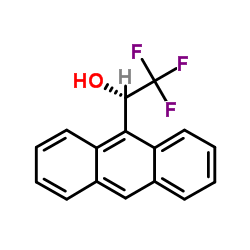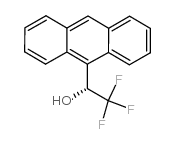| 结构式 | 名称/CAS号 | 全部文献 |
|---|---|---|
 |
(S)-(+)-2,2,2-三氟-1-(9-蒽基)乙醇
CAS:60646-30-2 |
|
 |
(R)-(-)-1-(9-蒽基)-2,2,2-三氟乙醇
CAS:53531-34-3 |